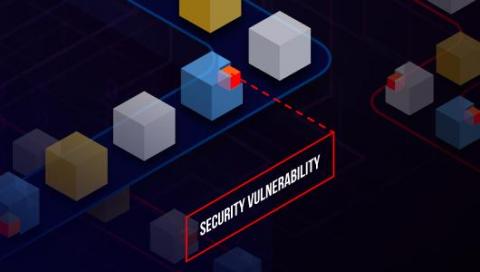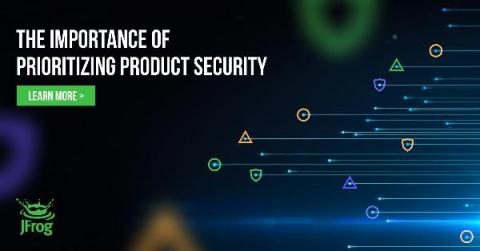JFrog Cold Artifact Storage: Retention Policies for Your Binaries
With the trend towards smaller but more frequent software releases, your binaries and artifacts keep accumulating faster. Our enterprise customers each maintain an average of 20 million unique artifacts, adding 130% more each year. Eventually, a clutter of outdated binaries forms, and fInding the binaries you need becomes unwieldy, difficult, and confusing. Over time, your artifact repository’s performance can suffer from degradation.











